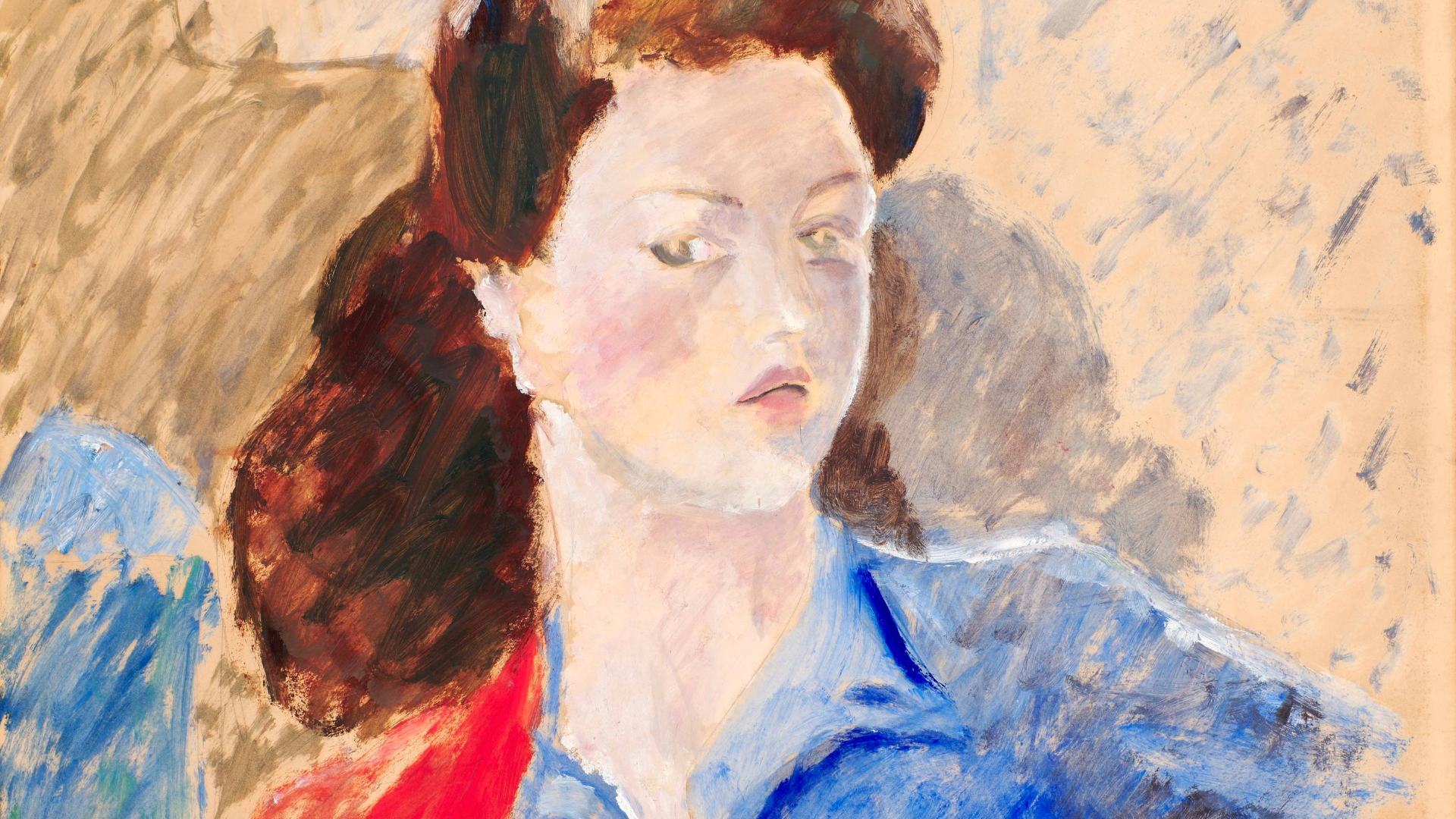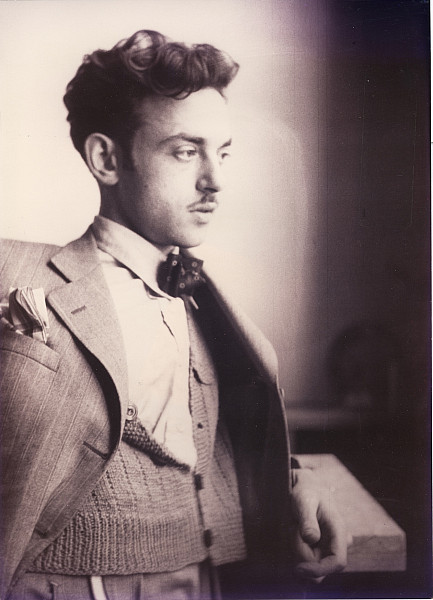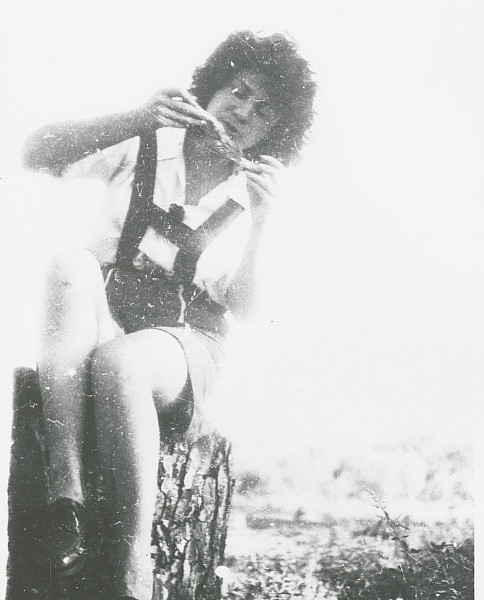Education
For some time, Gilot obeyed her father. She earned a bachelor’s degree in philosophy from the University of Paris in 1938 and a degree in English literature from Cambridge University’s Paris campus in 1939. She then attended law school intermittently from 1939 to 1942.
The first interruption to her studies was due to the German occupation of Paris, which began in June 1940. On November 11, 1940, Gilot went to the Arc De Triomphe intending to lay flowers at the Tomb of the Unknown Soldier to commemorate the 1918 armistice. Several other students had the same idea, and the gathering evolved into a protest. Gilot did not flee in time to escape notice. Though not incarcerated, her name was reported to the German Police and added to a hostage list. With the threat of arresting her parents and confiscating their property if she fled the city, the authorities required Gilot to report to a police station each morning. She abandoned her law studies that December to appear more politically benign, and her father bribed the police to take her name off the hostage list.
Studying Art
In 1941, Gilot began using the time she would have been in law classes to draw on the metro and in train station restaurants. She purchased what she deemed to be “ugly” paintings from the flea market and repurposed the canvases since fresh ones weren’t available due to shortages. She also began frequenting art studios to study the human form, where the act of painting became something of a religious meditation.
That year, she worked closely with Jewish Hungarian painter Endre Rozsda. The two had first met during a trip to Brittany in the summer of 1939, and they reconnected at an art exhibition opening in 1941. Rozsda invited Gilot to his studio to work on still-life paintings. There, Gilot became more confident in her artistry and learned to incorporate poetry and lyricism into the language of her art.
By the end of 1942, France was entirely occupied by German and Italian troops, and Rozsda decided to return to Budapest a few months later to be with his mother.
Gilot’s identity as an artist was still new and she feared her self-confidence would plummet without her mentor and friend. Despite her concerns, Gilot had landed her first exhibition in May of 1943 at the gallery of Madeleine Decré. She showcased her work there alongside longtime friend and muse Geneviève Aliquot.





